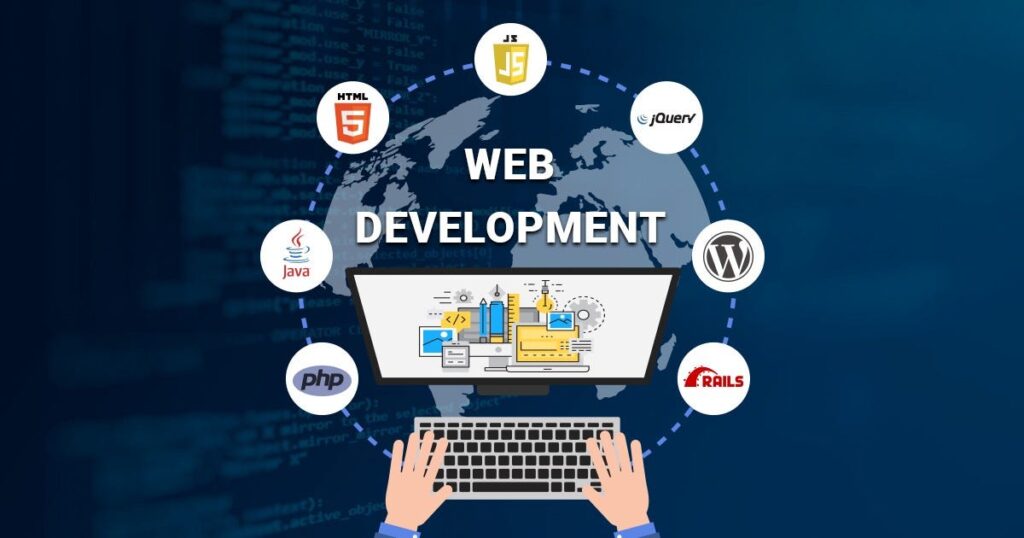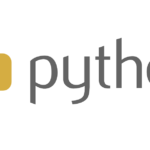
In an era where the digital landscape is as vital as the physical world, web development stands out as a cornerstone of modern civilization. From simple static web pages to complex web applications, the art and science of web development have evolved tremendously over the years, shaping how we interact, transact, and communicate online. In this blog, we’ll delve into the multifaceted world of web development, exploring its various facets, trends, and the ever-evolving technologies that drive its progress.
Evolution of Web Development
The journey of web development traces back to the early days of the internet, characterized by basic HTML pages and static content. However, with the advent of CSS and JavaScript, websites became more dynamic, interactive, and visually appealing. This marked the beginning of a paradigm shift in web development, leading to the rise of client-side scripting, AJAX, and responsive design.
Frontend Development: Where User Experience Takes Center Stage
Frontend development is all about creating the user interface and experience. It encompasses HTML, CSS, and JavaScript, along with frameworks and libraries like React, Angular, and Vue.js. The focus here is on designing intuitive, responsive, and visually engaging interfaces that enhance user interaction and usability across devices.
Trends in Frontend Development:
- Single Page Applications (SPAs): SPAs offer a seamless user experience by loading content dynamically without refreshing the entire page. This approach, popularized by frameworks like React and Angular, enhances performance and responsiveness.
- Progressive Web Apps (PWAs): PWAs combine the best of web and mobile apps, delivering a native app-like experience through web technologies. They are fast, reliable, and can work offline, making them increasingly popular for businesses seeking broader reach and engagement.
- Responsive Design: With the proliferation of mobile devices, responsive design has become imperative. Websites must adapt seamlessly to various screen sizes and orientations, ensuring a consistent user experience across platforms.
Backend Development: Powering the Digital Infrastructure
Behind every successful web application lies a robust backend infrastructure. Backend development involves server-side scripting, databases, APIs, and server management. Popular backend technologies include Node.js, Python (Django, Flask), Ruby on Rails, and PHP.
Trends in Backend Development:
- Microservices Architecture: Breaking down applications into smaller, independent services (microservices) has gained traction due to its scalability, flexibility, and ease of maintenance. Technologies like Docker and Kubernetes facilitate the deployment and management of microservices.
- Serverless Computing: Serverless architecture abstracts away infrastructure management, allowing developers to focus solely on writing code (functions). Cloud providers like AWS Lambda, Azure Functions, and Google Cloud Functions offer scalable and cost-effective serverless solutions.
- GraphQL: GraphQL has emerged as a modern alternative to RESTful APIs, offering more flexibility and efficiency in data fetching. It allows clients to request only the data they need, leading to faster and optimized API interactions.
Full-Stack Development: Bridging the Frontend-Backend Divide
Full-stack developers are proficient in both frontend and backend technologies, making them versatile assets in web development projects. They understand the entire web development process, from designing user interfaces to building scalable server-side architectures.
Trends in Full-Stack Development:
- Jamstack Architecture: Jamstack (JavaScript, APIs, Markup) emphasizes decoupling frontend and backend services, leveraging pre-built APIs and static site generators. This approach enhances performance, security, and developer experience.
- Low-Code/No-Code Platforms: Aspiring to democratize web development, low-code/no-code platforms empower non-technical users to build web applications using visual interfaces and drag-and-drop functionalities. These platforms accelerate development cycles and foster innovation.
The Role of Emerging Technologies
Web development continually embraces emerging technologies to push boundaries and unlock new possibilities. Technologies like artificial intelligence (AI), machine learning (ML), augmented reality (AR), and blockchain are reshaping how we build and interact with web-based solutions.
Impacts of Emerging Technologies:
- AI/ML in Web Development: AI-driven tools automate mundane tasks, enhance personalization, and optimize user experiences. ML algorithms analyze user behavior to provide tailored content and recommendations, improving engagement and conversions.
- AR/VR Integration: Augmented reality (AR) and virtual reality (VR) technologies are revolutionizing immersive web experiences. From virtual tours to interactive product demonstrations, AR/VR integration adds a new dimension to web development, particularly in e-commerce and education sectors.
- Blockchain for Web Security: Blockchain technology enhances web security by enabling decentralized authentication, data encryption, and transparent transactions. It ensures data integrity, trust, and immutability, making it invaluable for sensitive applications like financial services and healthcare.
Future Trends and Innovations
Looking ahead, web development is poised for further innovation and disruption. Trends such as Web3, decentralized applications (dApps), voice interfaces, and cross-platform development (e.g., Flutter) are set to redefine the digital landscape, offering novel opportunities and challenges for developers worldwide.
In conclusion, web development is a dynamic and ever-evolving domain that continues to shape our online experiences and interactions. Whether you’re a frontend specialist crafting captivating interfaces, a backend engineer architecting scalable infrastructures, or a full-stack developer bridging the realms of design and functionality, the journey of web development is both challenging and rewarding. Embracing emerging technologies, staying abreast of industry trends, and fostering a culture of continuous learning are key to thriving in this vibrant ecosystem.




